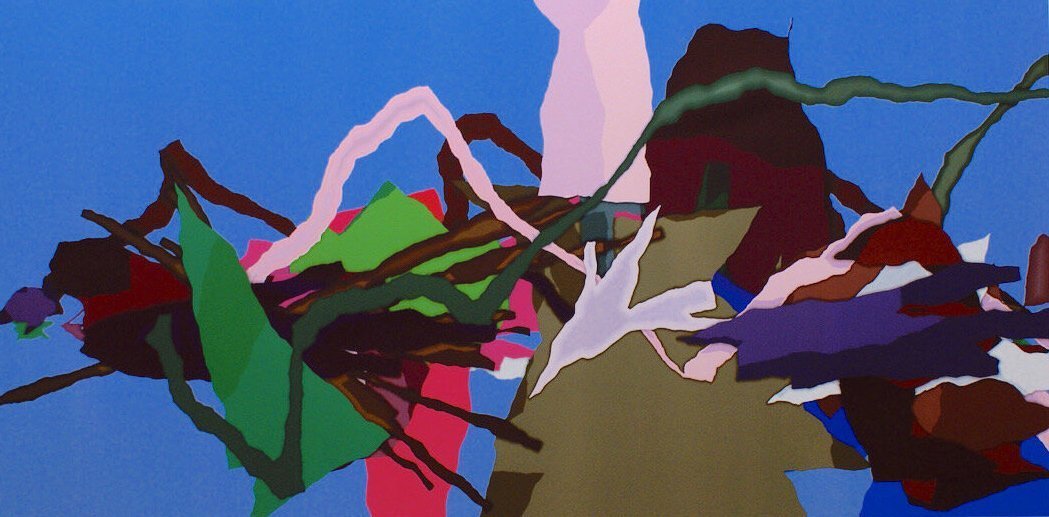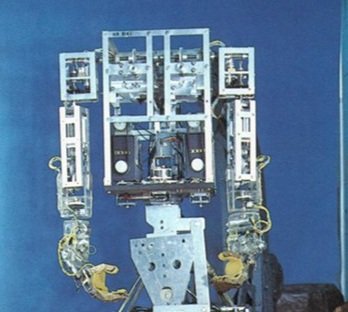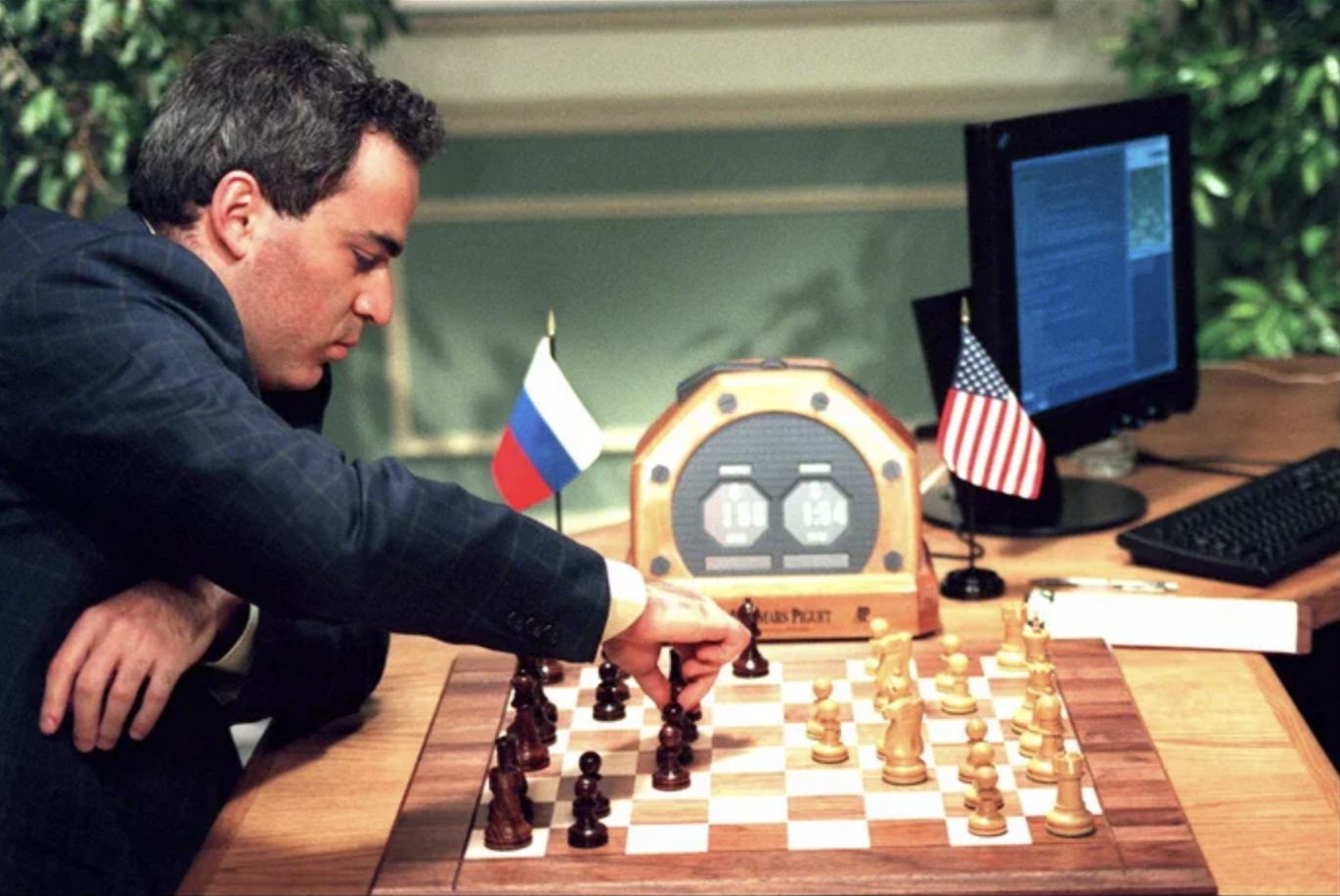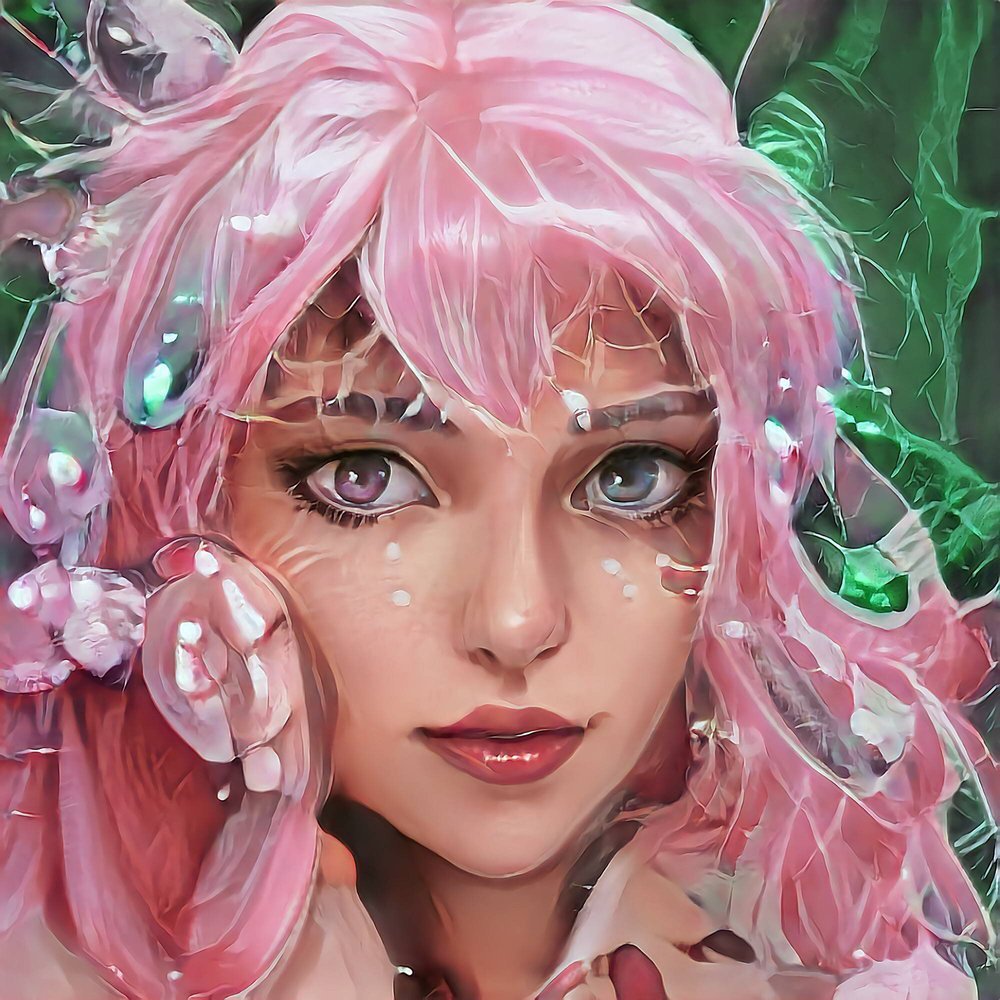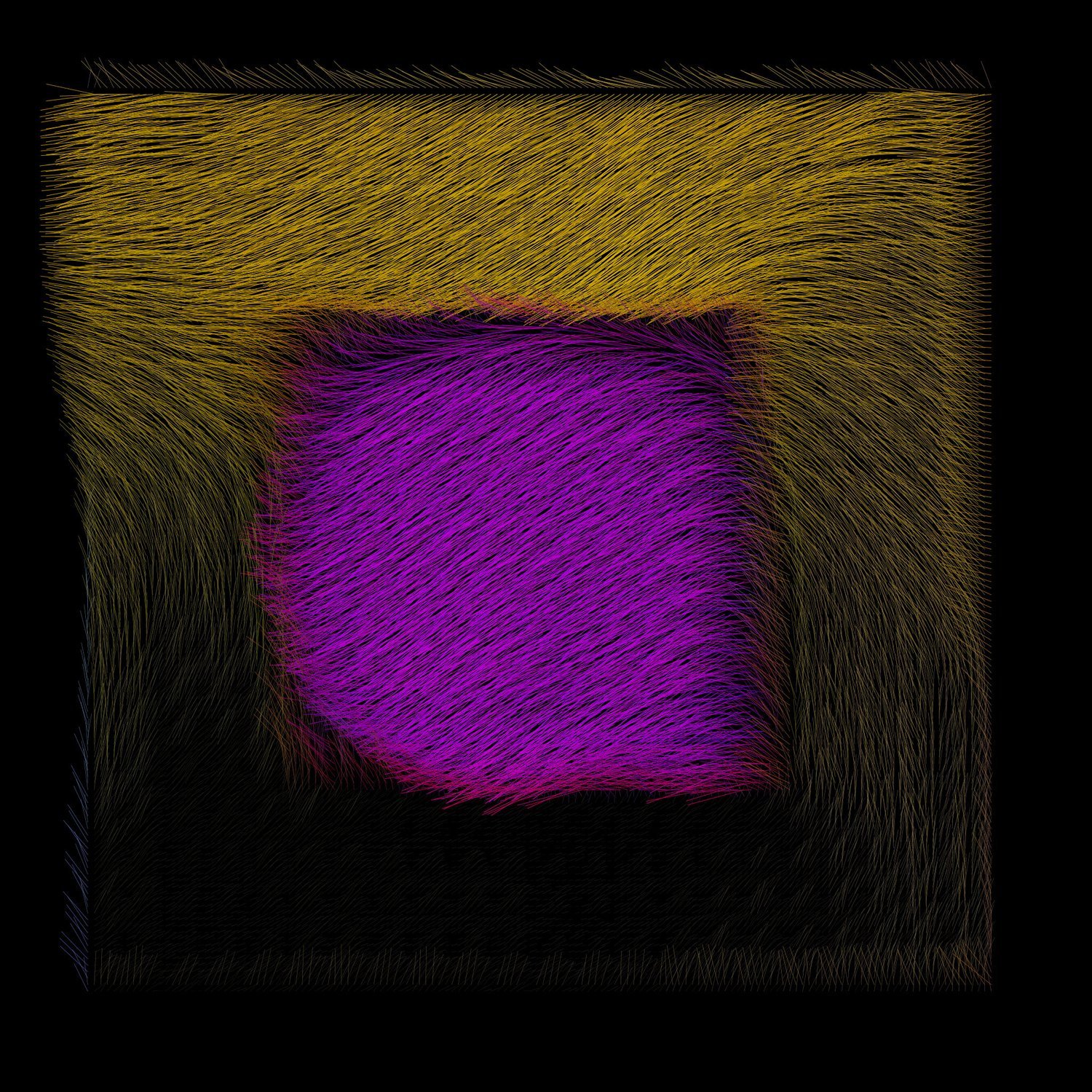THE HISTORY OF ARTIFICIAL INTELLIGENCE – PART I.
Artificial Intelligence (AI) is a hot topic today, with programs like ChatGPT showing the world how powerful and capable it has become. However, AI is not a new concept invented in the 21st century. The idea of AI can be traced back to ancient mythology where tales of artificial beings that possessed human-like qualities were common.
Dartmouth Summer Research Project on Artificial Intelligence conference. From left to right: Oliver Selfridge, Nathaniel Rochester, Ray Solomonoff, Marvin Minsky, Trenchard More, John McCarthy, Claude Shannon. Credit: aiws.net
The idea of creating machines that could think like humans began to take shape in the mid-twentieth century, with the emergence of electronic computers. In the 1940s and 1950s, computers could not store commands, only execute them. They were also extremely expensive and only prestigious universities or big companies could afford them. During this time pioneers such as John von Neumann and Alan Turing made significant contributions to the field of AI, laying the groundwork for modern programming.
In 1956, the concept of AI was initialized at a historic conference „Dartmouth Summer Research Project on Artificial Intelligence” (DSRPAI) hosted by John McCarthy and Marvin Minsky. “Logic Theorist”, a program designed to mimic human problem-solving skills created by Allen Newell and Herbert A. Simon was introduced here. The program is considered to be the first AI program in the world. McCarthy proposed a two-month project that brought together top researchers to explore artificial intelligence. Unfortunately, the conference didn’t bring the success McCarthy wished for. However, the significance of this event cannot be undermined. AI gained its name, its mission, and its first success.
In the 1960s computers became faster, cheaper, and more accessible and they could store more information. This period was significant progress in the field of AI, with the development of programs such as the “General Problem Solver”, which could solve a wide range of problems by breaking them down into smaller parts. Joseph Weizenbaum’s ELIZA also showed promise to be the first chatbot in 1966. In Japan, Waseda University introduced WABOT-1 in 1972, the first full-scale “intelligent” humanoid robot. Its limb control system allowed it to walk, grip and transport objects with its hands. It could also measure distances, and directions and communicate with a person in Japanese. These successes convinced governments to fund AI research at several universities and research institutions.
Alongside AI, computer-generated art has also taken its first steps. The genre dates back to the 1960s when artists like Frieder Nake, Georg Nees, Michael Noll, and Vera Molnár began to use computers to create geometric and abstract artworks. These artists developed algorithms and mathematical formulas to create simple patterns and shapes. While these artists were not necessarily working with what we would now consider AI, they were still important in establishing the field of computer-generated art and exploring computers as a tool for artistic expression.
In the 1970s, after the optimism, AI researchers encountered many obstacles and the promised results failed to materialize. The biggest obstacle was the lack of computer power. The computers could not store enough data or process it fast enough. AI became the subject of critique, and the researchers faced a crisis as funding was cut. The so-called “AI winter” lasted until the 1980s.
However, many researchers didn't give up on their hopes and continued to work in this field. A significant milestone in the history of AI-generated art is the development of AARON by Harold Cohen, which is considered to be the first AI art system. Cohen had been working on the project since the early 1970s at the University of California, San Diego, where he taught. AARON was designed to produce art autonomously, using a symbolic rule-based approach to generate images. In its initial form, it created simple black and white drawings that grew more complex over the years. At first, he used custom-built plotter devices, and sometimes he coloured these images by hand. In the 1980s, he managed to add more representational imagery such as plants, people, and interior scenes.
WABOT-1 (1970~1973) Credit: Humanoid Robotics Institute, Waseda University
In the 1980s, AI experienced a resurgence in popularity. The "Expert System," created by Edward Feigenbaum, was a major success as it mimicked the decision-making process of a human being, providing advice to users. The Japanese government funded the project as well as other AI tools with its “Fifth-Generation Computer Project”. Unfortunately, as had happened before, most of the ambitious goals were not met, and the second 'AI winter' began, with most of the funding being cut again.
In the 1990s and 2000s, many goals of artificial intelligence had been achieved. In 1997, Deep Blue became the first computer chess-playing system that beat a world chess champion, Garry Kasparov. The event was broadcast live on the internet and served as a huge step forward for AI. In the same year, speech recognition software was added to Windows. In 2002, for the first time, AI entered the home with Roomba, a vacuum cleaner. AI was also used in fields, such as mathematics, electrical engineering, economics, and operations research. It seemed that there was not a problem that AI could not sort out. During this period, computer storage became bigger, and the emergence of the internet provided access to large amounts of data. Cheaper and faster computers were able to successfully solve many problems of AI.
Garry Kasparov makes a move against the IBM Deep Blue. Credit: Stan Honda Getty Images
The advancements in AI technology took a significant leap forward in 2011 when IBM's Watson computer competed on the game show Jeopardy!. Watson was designed to process natural language questions and provide accurate responses, and it was able to defeat two of Jeopardy!'s most successful human competitors.
Another significant achievement was when Geoffrey Hinton at Google began to work on deep learning systems in the 2010s. Deep learning uses artificial neural networks to analyze and process data, learning from examples. Google quickly recognized the potential of deep learning and started investing in the technology. In 2015, they created AlphaGo, a computer program that was able to defeat the world champion in the game, Go. This was an important accomplishment, as Go has many possible board configurations, making it much more complex than chess.
Deep learning systems have given a huge boost to the development of image generation. Generative adversarial networks (GANs) were developed by Ian Goodfellow and colleagues in 2014. GANs work with two neural networks. A "generative" one is trained on a specific dataset (such as images of flowers or objects) until it can recognize them and generate a new image. And the "discriminator" system, has been trained to distinguish between real and generated images and evaluates the generator's first attempts. After a million times sending ideas back and forth, the generator AI produces better and better images. Since the introduction of GANs, many artists have made significant contributions to the field of AI-generated art using this technology, such as Mario Klingemann, and Robbie Barrat. The latter has used GANs to generate surreal and abstract portraits. The use of GANs in art has opened up new possibilities for artists to create unique works.
Another significant contribution to the field of image generation is DeepDream, which was developed by Alexander Mordvintsev at Google in 2015. DeepDream uses a convolutional neural network to find patterns in images, thus creating a dream-like, psychedelic appearance on them. In the following years, several companies released apps (like Artbreeder) that transform photos into the style of well-known paintings or generate images based on texts (such as DALL-E).
Not only in the art field, but in general, AI research and development has rapidly increased. Many other big tech companies, like Microsoft and Facebook, are investing in the field. In recent years, AI has entered into our everyday lives, from virtual assistants (Siri or Alexa) to personalized recommendations (on Netflix or Spotify). AI has also been used in healthcare to develop more accurate diagnoses, and in the finance industry to detect fraud and make better investment decisions. In the future, AI technologies will continue to influence the way we live, work and interact with the world around us.
In our next article, we’ll introduce the most recent achievements of AI, including ChatGTP, DALL-E 2, or Lumen5. Stay tuned!



